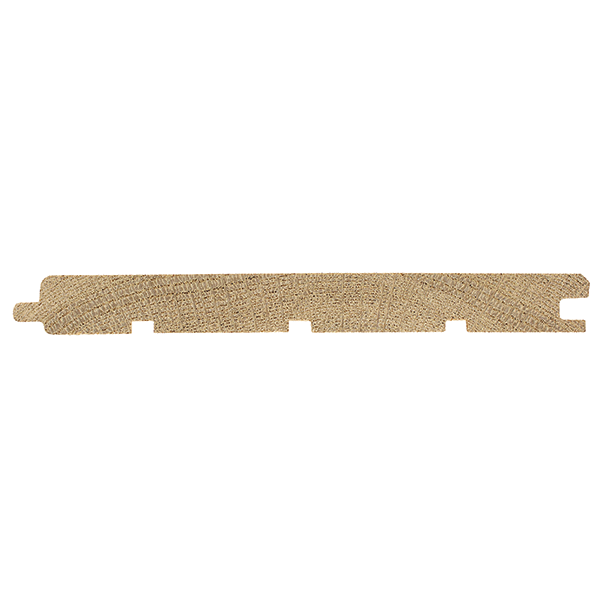Choosing the support: solid, semi-solid, engineered?
Choosing the support of your flooring is a crucial step in creating a warm, attractive space. Among the options available to you, solid parquet, semi-massive parquet and engineered parquet raise questions about their respective characteristics and advantages. In this article, we’ll explore these different options to guide you towards the optimum choice.

Solid Parquet
A solid parquet floor is made from a single piece of wood, a single type of wood. Solid parquet is more resistant because it is made from 100% of the same wood throughout its width and thickness. A natural product par excellence, it only needs to be sanded and finished to look as good as new, without the need to change your entire floor.
- 10 x 50/60/70 mm
- 14 x 70/90/110/130 mm
- 23 x 50/60/70/90/120/200 mm
- 20 x 140/180 mm
- Tongue & groove (except plank)

Semi-massive parquet (Loft-pro)
Semi-massive parquet is a multi-layered support, providing the best level of stability, thermal efficiency and acoustic performance. The difference is most noticeable when the flooring is glued to the subfloor. A multi-layer subfloor has a higher level of stability than other engineered parquets.
Sections of semi-massive parquet :
- 12 x 90 mm: 3.2 mm top layer. Floating installation, glued installation
- 16 x 90 mm : 4.5 mm top layer. Floating installation, glued installation
- 12 x 145 mm : 3.2 mm top layer. Floating, glued installation
- 16 x 145 mm : 4.5 mm top layer. Floating, glued installation
- 12 x 180 mm : 3.2 mm top layer. Floating, glued installation
- 16 x 180 mm: 4.5 mm top layer. Floating, glued installation
- 20 x 180 mm : 7 mm top layer. Floating, glued or nailed installation.
- 16 x 220 mm : 4.5 mm top layer. Floating, glued installation
- 20 x 295, XXL, 3-ply: 4.5 mm top layer and back layer. Floating, glued or nailed installation.

Engineered Parquet (Loft)
Engineered parquet is a wood substrate made with thin strips of wood and a 3ᵉ thicker layer that stabilises. This type of flooring is known as 3-ply parquet. It generally offers a good level of stability. For the same wood and substrate, to ensure the same performance in terms of stability, a greater thickness is required. This can sometimes be a disadvantage for a restoration project, as it increases the thickness if an underlay is applied to guarantee thermal efficiency. Its natural rigidity (low longitudinal flexibility) makes this type of subfloor the best for floating installation. It can, however, be glued down, but care must be taken to ensure a good result.
Sections of engineered parquet :
Primo range
- Top layer: 2.5 / 3.2 mm
- Structure: wood battens
- Oak parquet: 12 x 180 mm, 14 x 130/180/190 mm and 20 x 140 mm
- 13 models (12 natural and 1 coloured)
- Oiled or varnished finish
Mountains range
- Top layer: 2.5 / 3 / 3.2 / 4.5 mm
- Structure : wood lath
- Oak parquet with material aspects 12 x 145/180 mm, 13 x 175 mm and 14 x 190/290 mm (4 widths)
- 9 models
- Oiled or varnished finish



